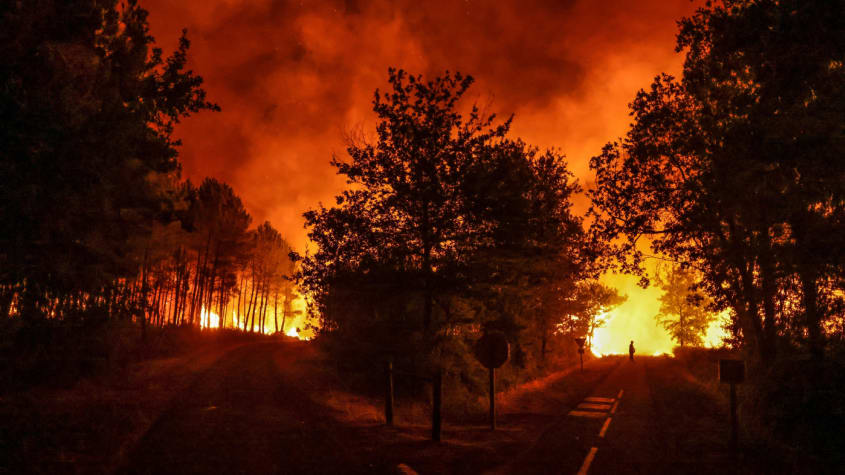
The past 12 months have seen stark warnings issued by climate scientists and health experts as communities across the world experienced deadly floods, soaring temperatures and intense snowfall.
At the UN’s annual climate conference, held this year in Sharm El-Sheikh, Egypt, in November, the World Meteorological Organization (WMO) warned that the last eight years are set to be the eight hottest years on record.
“The tell-tale signs and impacts of climate change are becoming more dramatic,” said the WMO at Cop27. Atmospheric concentrations of greenhouse gases hit record levels last year and are continuing to increase, according to its Provisional State of the Global Climate in 2022 report.
The UN’s aim of ensuring that global temperatures don’t increase beyond 1.5C above pre-industrial levels was renewed at Cop27, but a pledge to cause emissions to peak within three years was removed from the agreement “to the dismay of many”, said The Guardian.
While world leaders, delegates and negotiators met in Montreal in December for Cop15, the UN’s biodiversity conference, the UK was plunged into freezing temperatures and the US braced for storms and blizzards across central states. At the same time, flood recovery efforts continued in Australia and Pakistan, while catastrophic rainfall hit the Democratic Republic of Congo.
Take a look back at the deadliest and most extreme weather events of 2022.
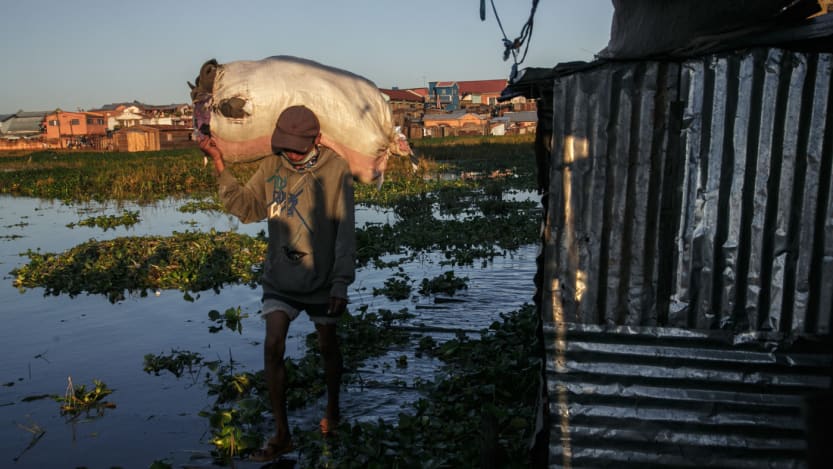
In January, Storm Ana “wrought devastation across southern Africa”, said Climate Home News. More than 80 people were killed and thousands of people were “cut off” as roads and bridges were “washed away in Madagascar, Mozambique and Malawi”, said the BBC.
Ana “highlighted the need for investment in early warning systems and anticipatory action” in African nations, said Climate Home News.

Within weeks of Storm Ana, Cyclone Batsirai then “barrelled towards” Madagascar, said Reuters. The tropical storm also hit Mauritius, bringing life “to a standstill, with public transport cancelled, shops and banks shut, and air and sea travel halted”, said Africa News.
In Madagascar, the death toll reached 120 and 124,000 people had their homes damaged or destroyed. The island had already been “struggling with food shortages in the south”, said Al Jazeera, “a consequence of a severe and prolonged drought”.
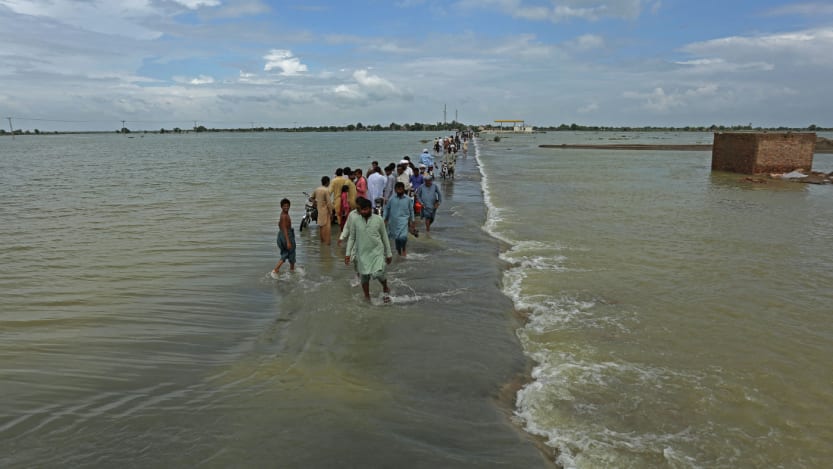
It was estimated that more than 33 million people were impacted by the deadly floods that swept across Pakistan from June to September this year. “Logistically the country was hardly prepared”, said The Diplomat. When the government announced a “national emergency” in August, “it was already too late”.
A UN report published in December warned that 240,000 people remain displaced as a result of the flooding, while an estimated eight million are still potentially exposed to the floodwaters.
Thousands of kilometres of road were washed away. By September, a third of the country was underwater, with water-borne diseases “now making the situation even worse”, the site continued. It remains “hard to predict if Pakistan will be able to rebuild its lost infrastructure in this decade”.
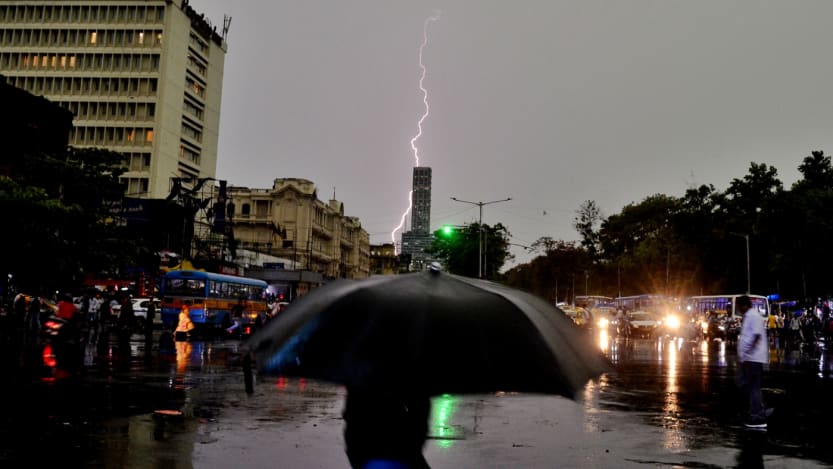
India experienced “a big jump in extreme weather events” this year, said the World Economic Forum (WEF). Almost 50 people in Uttar Pradesh were killed by lightning strikes during the monsoon season. The state’s chief minister, Yogi Adityanath, called for an early warning system for thunder and lightning storms as a result.
A significant number of people die each year in India due to lightning, said The Independent, “A large number of people work outdoors” and there is “poor awareness and education about the dangers” of strikes. According to government figures, lightning increased by 111 times this year and 907 people were killed by strikes in 2022.
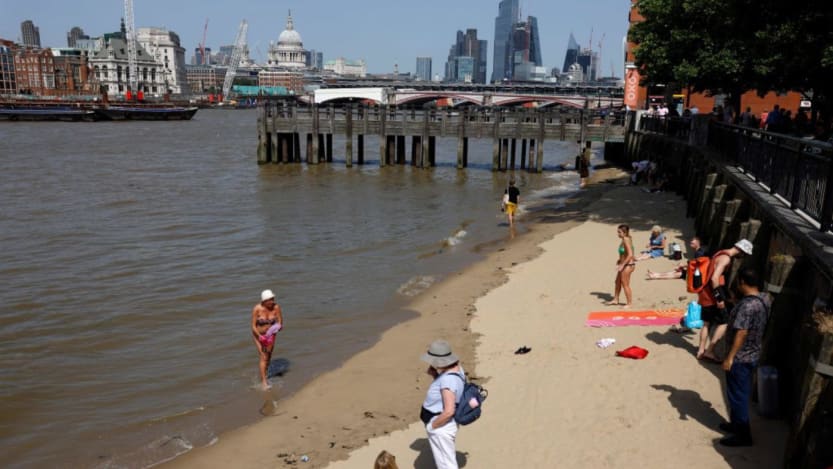
“For three months, heat was a regular curse, not an occasional blessing” in the UK, said the Financial Times. A record-breaking temperature of 40.3 degrees was recorded on 28 July, and a series of fires broke out across the country.
A drought was officially declared in parts of England in August, with a hosepipe ban imposed in some areas as reservoir levels sunk. Analysis by the UK Health Security Agency published in October, found that 2,800 more people aged 65 and over died during the periods of high temperatures than would normally be expected.
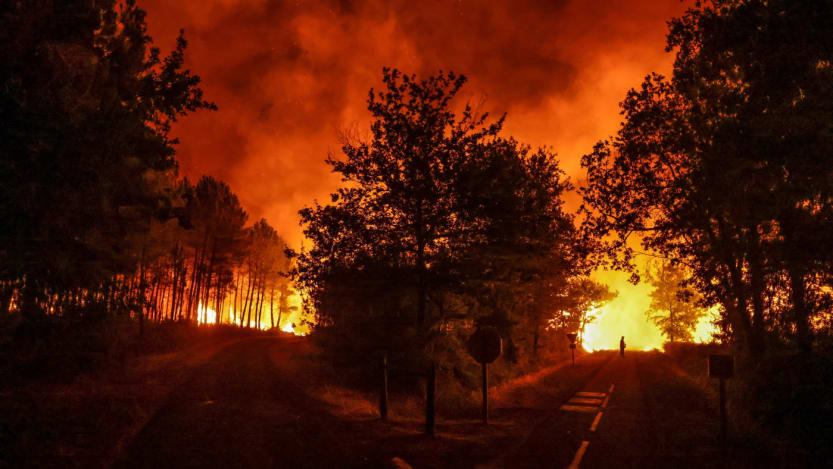
By mid-August this year, wildfires had burned an area equivalent to the size of Azerbaijan, according to Euronews. Portugal, Italy and Romania were among the countries affected by blazes, and “wildfire carbon emissions broke all records in France and Spain”, said The Guardian.
“Fire weather” – a mix of heat, dry conditions and wind – “is not new to the Mediterranean”, said Euractiv. But rising global temperatures are “creating more intense, less controllable fires, and driving these conditions” further across the continent.

California experienced its most extreme heat ever in September, “an epic grilling that disabled one of Twitter’s main data centers, pushed the power grid to its limit and triggered a succession of weather and safety alerts”, said the Los Angeles Times.
Temperatures “sizzled” across the state as mercury readings soared above 100F, said CNN. “Such extreme heat events are being pushed into unprecedented territory”, scientists warned.
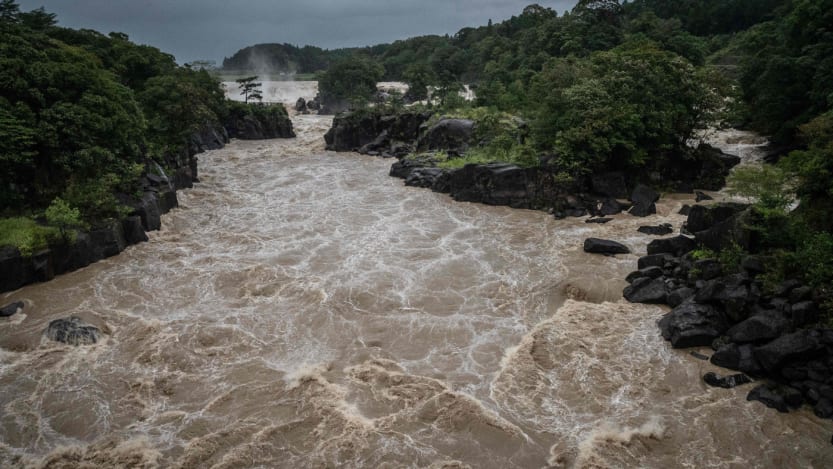
Typhoon Nanmadol was “one of the most powerful” storms that Japan had ever seen, said The Japan Times. Local authorities ordered the four million people living on Kyushu island to evacuate their homes in September.
Despite “dumping heavy rain, paralysing traffic and leaving tens of thousands of homes without power”, said The Guardian, the Japan Meteorological Agency said that damage “appeared relatively limited”.

“One of the strongest storms ever to hit the US mainland”, according to Reuters, made landfall on 28 September.
“After pummeling Cuba”, said The Washington Post, Hurricane Ian “came ashore on the western coast of Florida with an unforgiving storm surge that gutted the first floors of buildings and winds that knocked out about a quarter of Florida’s power”. It then moved up the Atlantic coast, hitting North and South Carolina.
More than 100 people died in Florida as a result of the storm’s devastation, said The New York Times, more “than any hurricane in almost 90 years”.
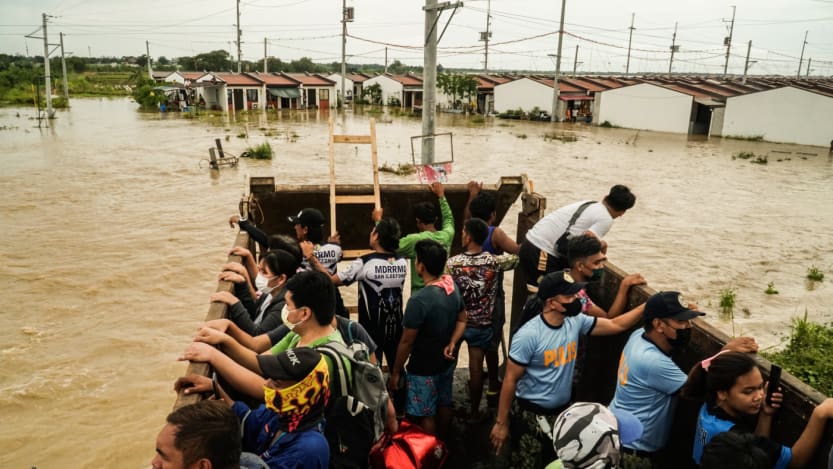
Philippine residents are “accustomed to severe weather”, said CNN; the country experiences around 20 tropical storms a year. But locals living on the island of Polillo were “stunned by the intensity of Typhoon Noru” in September, with “ferocious winds that lifted waves and lashed properties on the shoreline”.
Noru was initially expected to be a category one hurricane, but that was quickly escalated to a category five. It’s estimated that more than 100,000 people who rely on agriculture and fishing for their livelihoods were affected.
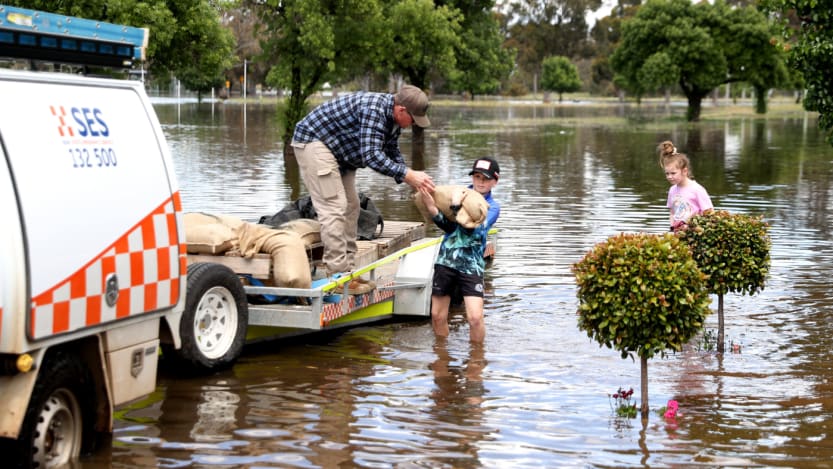
Australia has been hit by a series of extreme floods this year “due to a multi-year La Nina weather phenomenon”, said Reuters, which increases the likelihood of higher average rainfall. Floods have “left thousands homeless and damaged agricultural industries”.
Central west New South Wales is right now braced for “its worst flooding in 70 years”, said The Guardian. Many people have been evacuated from their homes, as farmers “struggle to recover from repeated bouts of destruction to crops and livestock losses”.
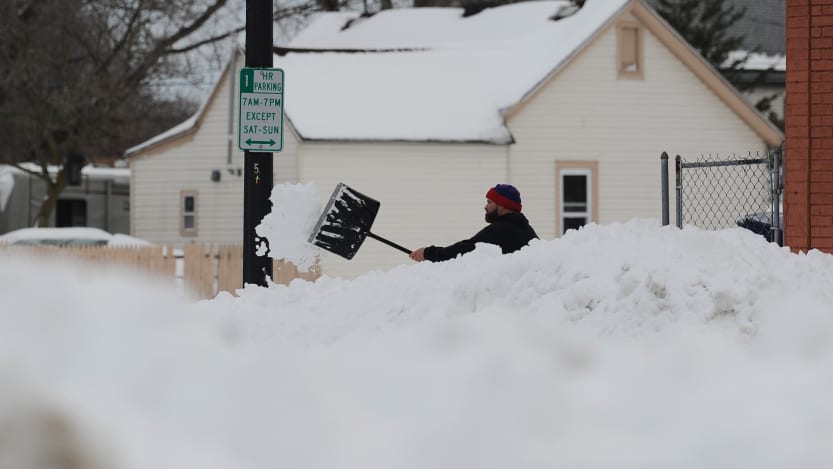
A “historic lake-effect snowstorm” that swept across western New York in November “buried” much of the region, “dropping over 80 inches of snow in four days”, said Fox Weather. At least four people were known to have died as a result of the intense snowfall.
Schools and highways were shut as crews cleared away several feet of snow, and President Joe Biden ordered federal aid to help local authorities.

In mid-December, “a ‘biblical’ downpour submerged swathes” of Kinshasa, central Africa’s “largest megacity”, said The Times. “Months of rain” caused landslides and floods in the Democratic Republic of Congo capital, with at least 120 people known to have died.
Pictures from the area showed “just the tops of buses visible on deluged roads” as people clung to passing debris. With a population of 17 million, Kinshasa’s “rapid development and poor planning regulation have made the city’s population vulnerable to extreme weather events”.